- Why Cultivate Berries
- 1. Health Benefits
- 2. Fresh and Flavorful Fruits
- 3. Cost Savings
- 4. Versatility in Culinary Uses
- 5. Enjoyment and Relaxation
- Benefits of Growing Rare Berries
- 1. Unique flavors and tastes
- 2. Nutritional value
- 3. Exclusivity
- 4. Decorative appeal
- 5. Gardening challenge
- Exotic Blueberries
- Pink Lemonade Blueberries
- Azurite Blueberries
- Sunshine Blueberries
- Unique Characteristics
- Growing Tips
- 1. Soil and Sun Requirements
- 2. Planting and Propagation
- 3. Watering and Fertilizing
- 4. Pruning and Maintenance
- 5. Harvesting and Storage
- Southern Huckleberries
- Distinctive Flavor
- Cultivation Techniques
- 1. Site Selection
- 2. Soil Preparation
- 3. Planting
- 4. Watering
- 5. Fertilization
- 6. Pruning
- 7. Pest and Disease Control
- 8. Harvesting
- Scarlet Strawberries
- Vibrant Appearance
- Question-answer:
- What are some rare and delightful berries that can be cultivated in a garden?
- Where can I get elderberry plants?
- How do you cultivate mulberries?
- Are lingonberries difficult to grow?
- What are some ways to use elderberries?
- Can I grow these berries in containers?
- Video: Unveiling the Secrets: Growing the Top 10 Best Fruit Tree Varieties in Your Garden!
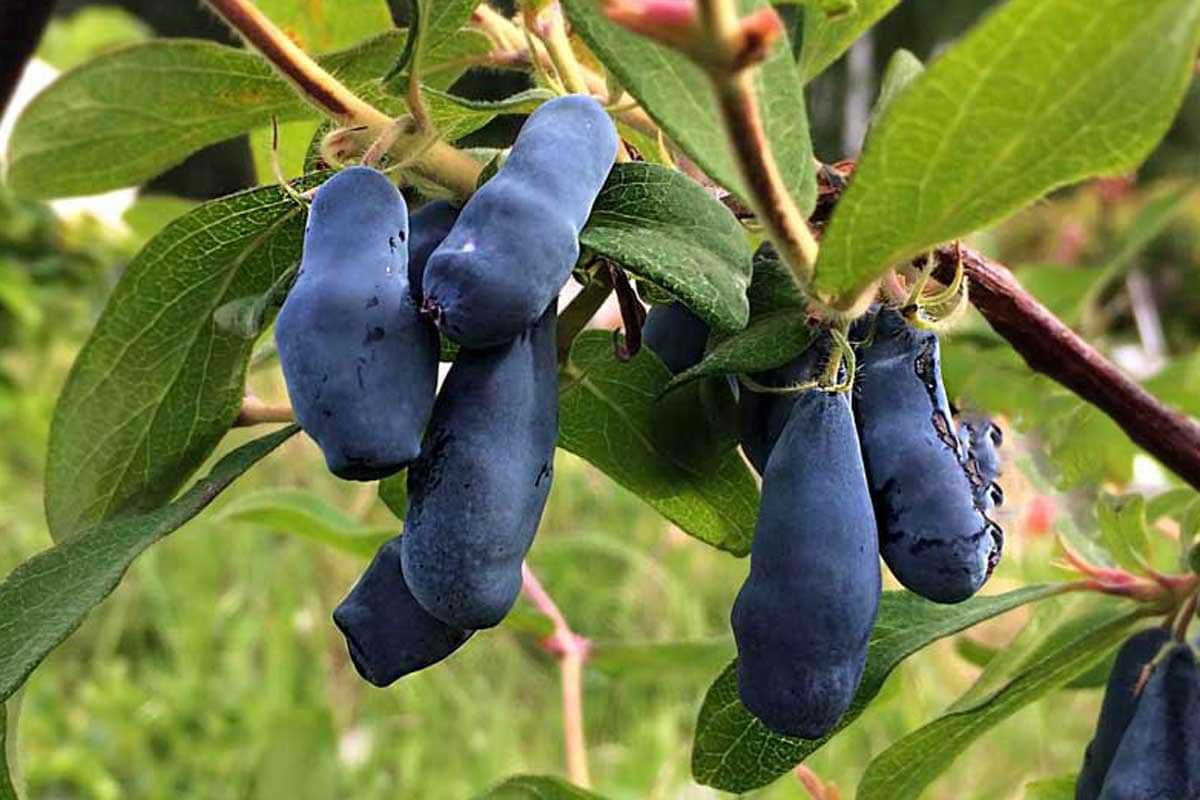
Growing your own berries can be a rewarding and delicious experience. While most people are familiar with popular berries like strawberries and blueberries, there are many other rare and delightful varieties that you can cultivate in your garden. These lesser-known berries are not only tasty but also offer unique flavors and health benefits.
One such berry is the mulberry. With its rich, sweet flavor, mulberries are often compared to blackberries or raspberries. They come in a variety of colors, including black, red, and white. Mulberries are packed with antioxidants, vitamins, and minerals, making them a nutritious addition to your diet.
Another rare berry worth exploring is the cloud berry. Also known as bakeapple or knotberry, this golden-colored fruit is found in the wild in northern regions. Cloud berries have a tart taste with a hint of sweetness, making them a perfect addition to jams, desserts, or cocktails. They are high in vitamin C and antioxidants, making them a healthy choice for your garden.
Finally, consider growing goji berries, also known as wolfberries. Native to Asia, goji berries have been used for centuries in traditional Chinese medicine for their health benefits. These bright orange berries have a mild sweetness and are packed with nutrients like vitamin C, iron, and fiber. Goji berries are also known for their antioxidant properties and may contribute to improved immune function and eye health.
By cultivating these rare and delightful berries in your garden, you can enjoy unique flavors, enhance your culinary creations, and reap the health benefits they offer. So why not go beyond the familiar and explore the world of these lesser-known berries?
Why Cultivate Berries
Growing berries in your garden can be a rewarding and enjoyable experience. Not only do they offer delicious and nutritious fruits, but cultivating berries has several other benefits as well.
1. Health Benefits
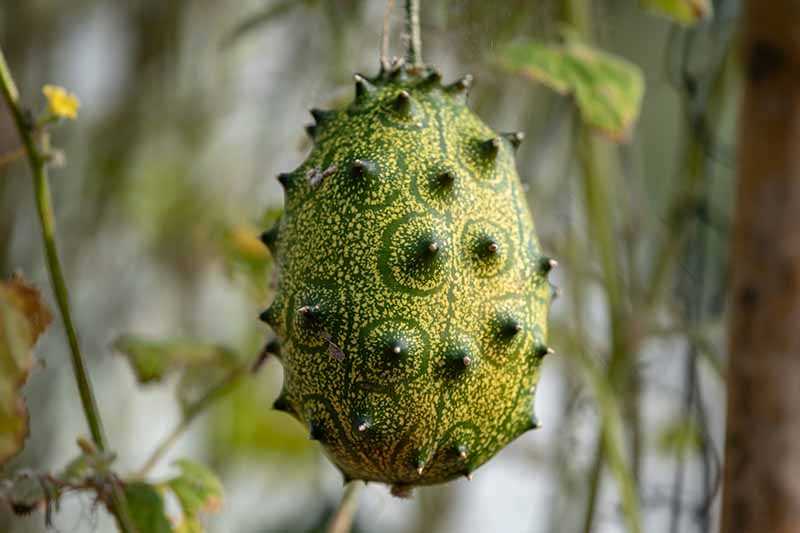
Berries are packed with antioxidants, vitamins, and minerals that are beneficial for overall health. They are low in calories and high in fiber, making them a great addition to a balanced diet. Eating berries regularly can help improve immune function, promote heart health, and protect against chronic diseases.
2. Fresh and Flavorful Fruits
When you cultivate berries in your garden, you have access to fresh and flavorful fruits right at your doorstep. Nothing compares to the taste of a freshly picked berry, bursting with juiciness and sweetness. Store-bought berries can often be picked before they are fully ripe, resulting in a less enjoyable taste.
3. Cost Savings
Berries can be quite expensive to purchase regularly from the grocery store. By growing your own berries, you can significantly reduce your expenses and save money. Once established, berry plants can provide a bountiful harvest year after year, providing ample supply for your needs and even enough to share with friends and family.
4. Versatility in Culinary Uses
Berries are incredibly versatile and can be used in a wide variety of culinary applications. From making jams and jellies to baking pies and tarts, berries add a burst of flavor and color to any dish. They can also be used to make smoothies, sauces, and syrups, making them a staple ingredient in many recipes.
5. Enjoyment and Relaxation
Cultivating berries can be a therapeutic and enjoyable activity. Spending time in the garden, tending to your plants, and watching them grow can be a stress-relieving and calming experience. The satisfaction of harvesting your own berries and enjoying the fruits of your labor can bring a great sense of accomplishment and fulfillment.
Overall, cultivating berries in your garden is a wonderful way to enhance your overall well-being, save money, and enjoy the delicious flavors of fresh fruits. Whether you have a small plot or a large garden, there is always room for a few berry plants.
Benefits of Growing Rare Berries
Growing rare berries in your garden can offer a range of benefits, both in terms of taste and health. Here are some reasons why you should consider cultivating these unique fruits:
1. Unique flavors and tastes
Rare berries often have distinct flavors that are not commonly found in more popular fruits. These unique tastes can add variety to your meals and desserts, making them more exciting and enjoyable. When you grow rare berries, you have the opportunity to experience flavors that may not be available in your local grocery store.
2. Nutritional value
Many rare berries are packed with vitamins, minerals, and antioxidants that can provide numerous health benefits. For example, elderberries are rich in vitamin C, while goji berries are high in vitamin A and antioxidants. By growing and consuming these berries, you can add a nutritious boost to your diet.
3. Exclusivity
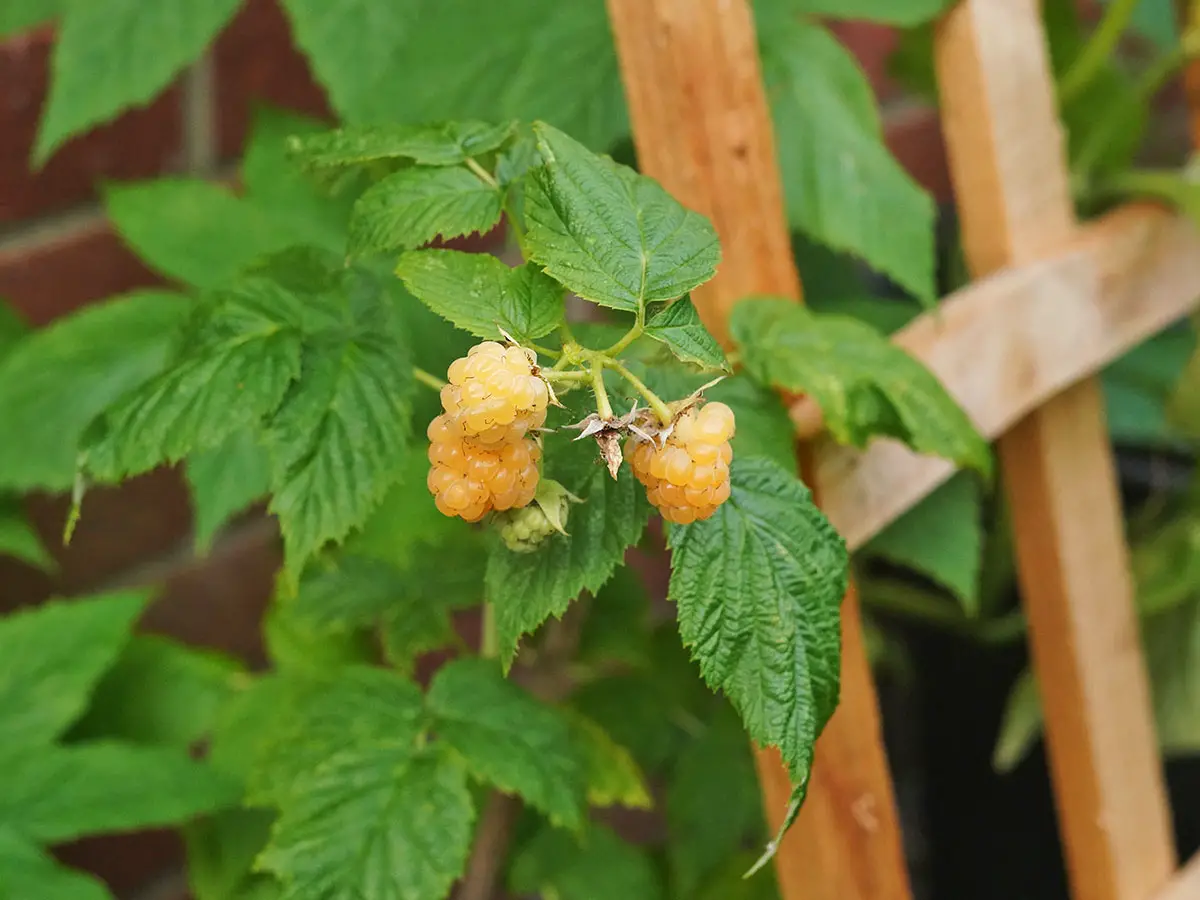
Since rare berries are not as commonly grown or available, cultivating them in your garden can give you a sense of exclusivity. You can impress your friends and family with unique dishes or homemade jams and preserves made from these rare fruits.
4. Decorative appeal
Some rare berries, such as blueberries with their vibrant blue hue, can also be aesthetically pleasing. These berries can enhance the visual appeal of your garden and provide an exciting burst of color among the greenery.
5. Gardening challenge
Growing rare berries can be a rewarding challenge for gardening enthusiasts. These berries often require specific growing conditions and care, making the cultivation process more interesting and engaging. By taking on the challenge, you can expand your gardening skills and knowledge.
Overall, growing rare berries can provide a range of benefits, from unique flavors to nutritional value and gardening satisfaction. Consider adding a few rare berry varieties to your garden to enhance your culinary experiences and enjoy the many advantages they offer.
Exotic Blueberries
Blueberries are a popular fruit that is loved for its sweet and tangy flavor. While most people are familiar with the common varieties of blueberries, there are also some exotic types that can be cultivated in your garden. These exotic blueberries offer a unique taste and appearance that will delight any berry enthusiast.
Pink Lemonade Blueberries
One of the most fascinating types of exotic blueberries is the Pink Lemonade Blueberries. As the name suggests, these blueberries have a pink color, which is truly a sight to behold. The berries start out green and gradually turn pink as they ripen, creating a beautiful contrast with the green leaves. The taste of Pink Lemonade Blueberries is sweet with a hint of tartness, making them perfect for eating fresh or adding to desserts.
Growing:
- Plant Pink Lemonade Blueberries in well-draining soil that is rich in organic matter.
- Provide full sun or partial shade for these blueberries to thrive.
- Regularly water the plants to keep the soil evenly moist.
- Prune the bushes in early spring to encourage new growth and better fruiting.
Azurite Blueberries
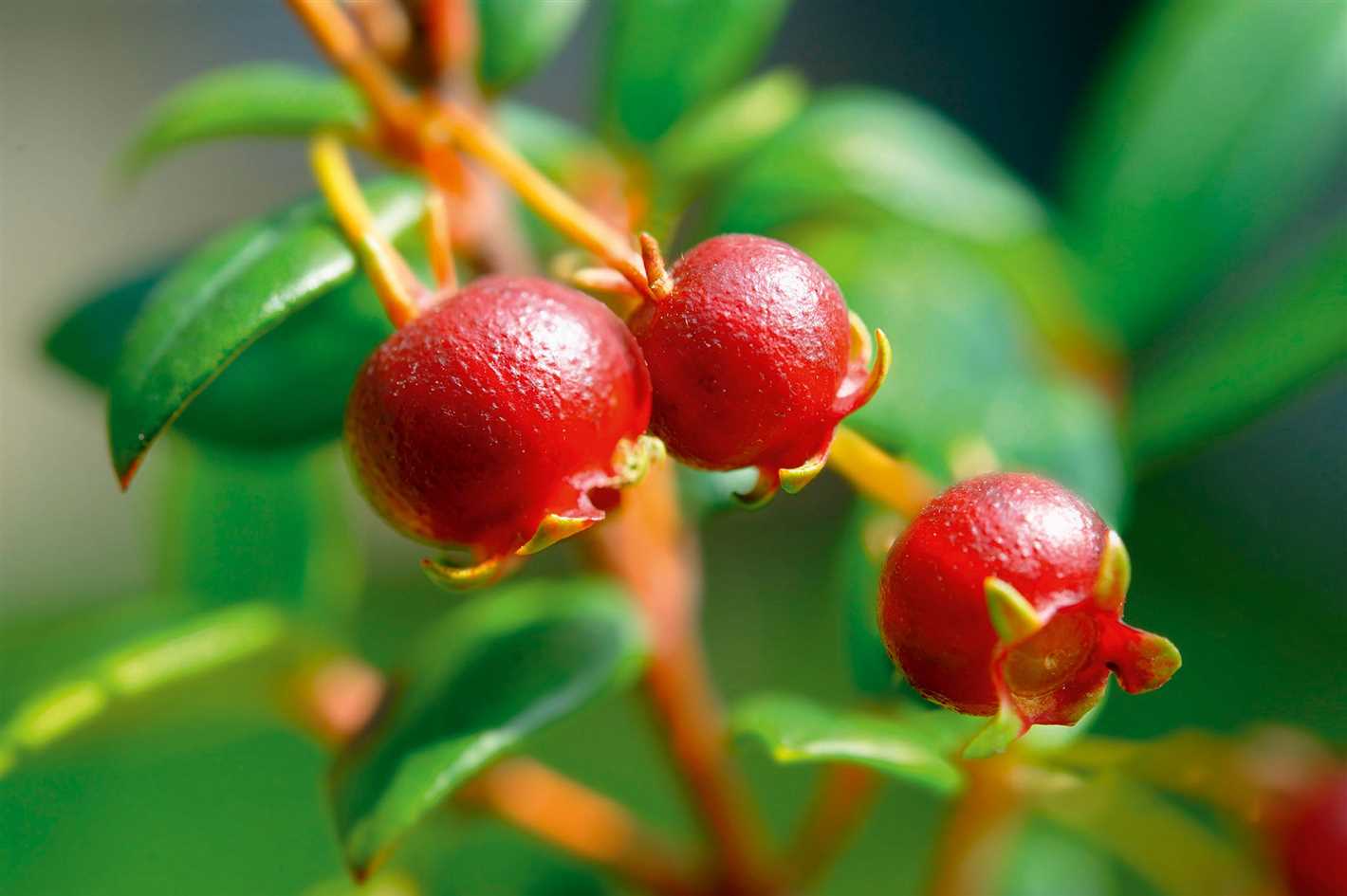
Azurite Blueberries are another exotic variety that is worth cultivating in your garden. These blueberries have a deep blue color that is almost black, making them stand out among other types of blueberries. The flavor of Azurite Blueberries is intense and slightly sweeter than the common blueberries. They are perfect for eating fresh, making jams and jellies, or incorporating into baked goods.
Growing:
- Choose a location in your garden that receives full sun for Azurite Blueberries.
- Ensure that the soil is well-drained and has a pH level between 4.5 and 5.5.
- Water the plants regularly, especially during dry periods.
- Apply mulch around the base of the plants to help retain moisture and control weeds.
Sunshine Blueberries
Sunshine Blueberries are a compact and low-maintenance variety of blueberries that are perfect for smaller gardens. These berries have a light blue color and a deliciously sweet flavor. They are known for their high yield and the ability to produce fruit even in warmer climates, making them a great option for gardeners in southern regions.
Growing:
- Plant Sunshine Blueberries in well-drained soil with a pH level between 4.5 and 5.5.
- Provide full sun or partial shade for these blueberries to thrive.
- Water the plants regularly, especially during dry spells.
- Apply a balanced fertilizer once a year to promote healthy growth.
If you are looking to add a unique twist to your garden and enjoy the delicious taste of exotic blueberries, consider cultivating these rare varieties. With their vibrant colors and exceptional flavors, Pink Lemonade, Azurite, and Sunshine Blueberries are sure to be a delightful addition to any berry lover’s garden.
Unique Characteristics
- Barbados Cherry: This small, round berry is known for its vibrant red color and tangy flavor. It is rich in vitamin C and antioxidants, making it a popular choice for boosting immune health. Barbados cherries are also a good source of dietary fiber and can be used in a variety of culinary creations, including jams, desserts, and sauces.
- Lingonberry: The lingonberry is a small, tart berry that is native to Northern Europe and North America. It is similar in taste and appearance to a cranberry, but with a slightly sweeter flavor. Lingonberries are often used in traditional Scandinavian cuisine, as well as in jams, sauces, and baked goods. They are also rich in antioxidants and vitamin E, which can help promote heart health.
- Huckleberry: Huckleberries are small, dark berries that grow wild in certain regions of North America. They have a rich, complex flavor that is often described as a cross between a blueberry and a blackberry. Huckleberries are a good source of dietary fiber and vitamin C, and can be enjoyed fresh, frozen, or used in a variety of recipes, such as pies, jams, and muffins.
Growing Tips
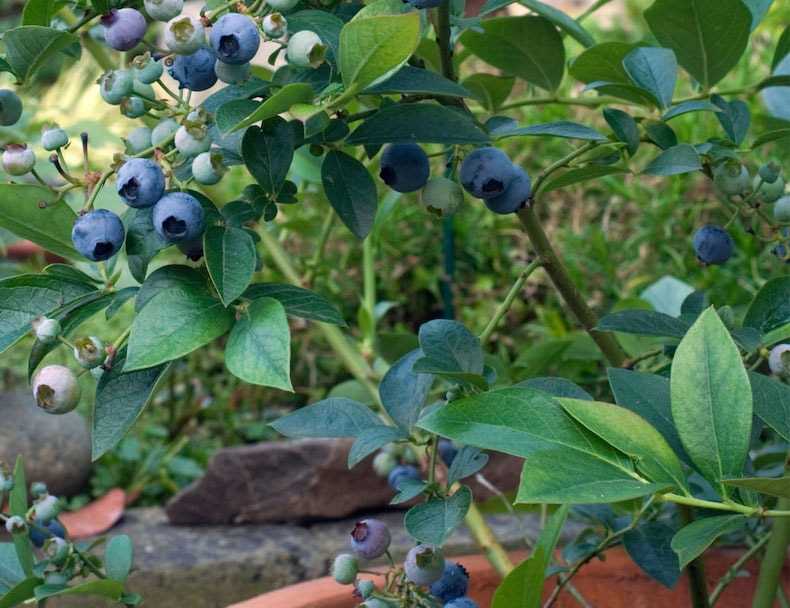
1. Soil and Sun Requirements
The three rare berries—Himalayan raspberries, cloudberries, and jostaberries—have different soil and sun requirements.
- Himalayan raspberries thrive in well-drained, acidic soil with full sun exposure.
- Cloudberries prefer moist, acidic soil and partial shade.
- Jostaberries can tolerate a wide range of soil conditions, but they grow best in well-drained soil and full sun.
2. Planting and Propagation
It is important to choose healthy, disease-free plants when starting your berry garden.
- For Himalayan raspberries, dig a hole large enough to accommodate the root ball, place the plant in the hole, and fill it with soil. Space the plants 2-3 feet apart.
- Cloudberries are typically propagated from seeds or rhizomes. Plant the seeds or rhizomes in well-prepared soil, ensuring they are spaced approximately 1-2 feet apart.
- Jostaberries can be propagated from stem cuttings. Take a cutting from a healthy plant and plant it in moist soil. Space the cuttings 2-3 feet apart.
3. Watering and Fertilizing
All three berry varieties require regular watering, especially during dry spells. However, be careful not to overwater, as this can lead to root rot.
- Water Himalayan raspberries consistently, providing about 1-2 inches of water per week. Avoid wetting the leaves to prevent fungal diseases.
- Cloudberries prefer consistently moist soil, so water them regularly, especially during dry periods.
- Jostaberries require regular watering, especially during fruit development. Water deeply, allowing the soil to dry slightly between waterings.
4. Pruning and Maintenance
Proper pruning and maintenance are essential for healthy berry plants and optimal fruit production.
- Prune Himalayan raspberries in late winter or early spring. Remove old, diseased, or damaged canes, as well as any crossed or crowded branches.
- Cloudberries require minimal pruning. Remove any dead or damaged canes, as well as any low-lying branches that may touch the ground.
- Jostaberries benefit from annual pruning in late winter or early spring. Remove any dead, damaged, or overcrowded canes to promote airflow and increase fruit production.
5. Harvesting and Storage
When it comes to harvesting and storing the berries, timing is crucial to ensure the best flavor and quality.
- Himalayan raspberries are ready for harvest in late summer. Pick the berries when they have turned red and easily come off the plant.
- Cloudberries are usually harvested in late summer to early fall. Harvest the berries when they are fully ripe, but slightly firm.
- Jostaberries are ready for harvest in mid to late summer. Harvest the berries when they are fully colored and slightly soft.
After harvesting, enjoy the berries fresh, or store them in the refrigerator for a few days. They can also be frozen for long-term storage.
Southern Huckleberries

The Southern Huckleberry is a delightful and rare berry that is native to the southern regions of the United States. This small, round berry is known for its unique sweet and tart flavor, making it a favorite among berry enthusiasts.
While Southern Huckleberries are similar in appearance to blueberries, they have a distinct flavor that sets them apart. The berries are small, ranging in color from deep purple to black, with a slightly waxy texture. They are often enjoyed fresh or used in various culinary applications, such as pies, jams, and sauces.
What makes Southern Huckleberries truly special is their flavor profile. They have a unique combination of sweetness and tartness, creating a rich and complex taste that is highly sought after by berry connoisseurs. Their flavor is often described as a mix of blueberries and raspberries, with a hint of floral undertones.
One of the reasons why Southern Huckleberries are considered rare is their limited availability. These berries are primarily found in the wild and are not commonly cultivated commercially. However, they can be grown in home gardens, provided the right conditions are met.
When cultivating Southern Huckleberries, it is important to note that they prefer acidic soil with a pH between 4.5 and 5.5. They also require full sun exposure for optimal growth and fruit production. The plants are typically small and compact, making them suitable for container gardening or smaller garden spaces.
Due to their limited availability and unique flavor, Southern Huckleberries are a true treasure for berry enthusiasts and gardeners alike. Whether enjoyed fresh off the vine or incorporated into various culinary creations, these rare berries are sure to delight and impress.
Distinctive Flavor
- Elderberries: Known for their unique tart flavor, elderberries offer a combination of sweetness and acidity. They have a rich, dark color and are often used in making jams, jellies, and wine.
- Gooseberries: Gooseberries are known for their tangy and slightly sweet flavor. They can be enjoyed raw or cooked and are commonly used in desserts, pies, and preserves.
- Huckleberries: Huckleberries have a sweet and tart taste, reminiscent of blueberries. They are often used in baking, as well as in syrups, sauces, and jams.
These three berries offer flavors that are distinct from more commonly cultivated varieties, adding a unique touch to your garden and culinary experiences. Whether you enjoy them fresh, cooked, or preserved, their distinctive flavor profiles are sure to delight your taste buds.
Cultivation Techniques
Growing rare and delightful berries in your garden can be a rewarding experience. Here are some cultivation techniques to help you get started:
1. Site Selection
Choose a location in your garden that receives at least six hours of direct sunlight per day. Berries thrive in well-drained soil with a pH level between 5.5 and 7.5.
2. Soil Preparation
Prepare the soil by removing any weeds, rocks, or other debris. Add organic matter such as compost or well-rotted manure to improve soil fertility and drainage.
3. Planting
Plant your berries in early spring or fall when the weather is cool. Dig a hole that is wide and deep enough to accommodate the plant’s roots. Place the plant in the hole, making sure it is level with the surrounding soil, and backfill with soil. Water thoroughly after planting.
4. Watering
Water your berry plants regularly, especially during dry periods. Keep the soil evenly moist but not waterlogged. Mulching around the plants can help retain moisture and suppress weed growth.
5. Fertilization
Apply a balanced fertilizer specifically formulated for berries according to the manufacturer’s instructions. Avoid overfertilization, as this can lead to excessive foliage growth and reduced fruit production.
6. Pruning
Prune your berry plants to improve air circulation, control growth, and increase fruit production. Remove any dead, damaged, or diseased branches. Follow specific pruning guidelines for each type of berry plant.
7. Pest and Disease Control
Monitor your berry plants regularly for pests and diseases such as aphids, powdery mildew, or fruit flies. Take appropriate measures to control these issues, such as using organic insecticides or practicing crop rotation.
8. Harvesting
Harvest your berries when they are fully ripe. Different berries have different ripening times, so make sure to check the specific guidelines for each variety. Use gentle handling to avoid damaging the delicate fruits.
By following these cultivation techniques, you can enjoy a bountiful harvest of rare and delightful berries from your garden. Experiment with different varieties and techniques to find what works best for your specific growing conditions.
Scarlet Strawberries
Scarlet strawberries are a unique and delightful variety of strawberries that are a must-have for any berry lover and gardener. These berries are known for their vibrant red color and sweet flavor, making them a popular choice for desserts, jams, and even eating fresh.
Characteristics
Scarlet strawberries are distinct in appearance, featuring a deep red color that is sure to catch anyone’s eye. They have a juicy texture and a rich, sweet taste that is both refreshing and satisfying. The flavor profile of scarlet strawberries often includes hints of tartness, making them even more enjoyable to eat.
These berries are typically smaller in size compared to other strawberry varieties, but what they lack in size, they make up for in flavor. Scarlet strawberries also have a glossy skin, adding to their visual appeal.
Growing Scarlet Strawberries
- Climate: Scarlet strawberries thrive in temperate climates with mild winters and warm summers. They require full sun exposure for at least 6 hours a day.
- Soil: Well-drained soil is essential for scarlet strawberries. They prefer slightly acidic soil with a pH level of around 6.0 to 6.5.
- Planting: Scarlet strawberries can be grown from seeds or bare-root plants. Plant them in spring or fall, ensuring that each plant is spaced at least 12 inches apart to allow proper growth.
- Watering: Regular watering is crucial for scarlet strawberries, especially during dry periods. However, be careful not to overwater them, as it can cause root rot.
- Fertilizing: Use a balanced fertilizer with a ratio of 10-10-10 to provide necessary nutrients to the plants. Apply it every 4-6 weeks during the growing season.
- Pest Control: Keep an eye out for pests such as slugs, snails, and aphids. Use natural pest control methods or organic insecticides to protect your plants.
Harvesting and Enjoying Scarlet Strawberries
Scarlet strawberries are usually ready for harvest in the late spring or early summer, depending on the specific variety and growing conditions. When the berries turn bright red and are firm to the touch, they are ready to be picked.
Enjoy scarlet strawberries fresh by rinsing them gently with water and removing the green leafy tops. They are perfect for eating on their own, adding to salads, making homemade jams, or incorporating into various desserts like pies, tarts, and cakes. Their sweet and tangy flavor will add a burst of freshness to any dish.
With their unique appearance and delectable taste, scarlet strawberries are an excellent choice for gardeners looking to cultivate something special in their backyard. Planting and caring for these delightful berries can be a rewarding experience, resulting in a bountiful harvest of delicious treats.
Vibrant Appearance
One of the most appealing features of these rare and delightful berries is their vibrant appearance. With their bright colors and unique shapes, they add a pop of beauty to any garden. Here are three berries with a vibrant appearance that you can cultivate in your own garden:
- Elderberries: These small, dark purple berries grow in clusters and can be used for making jams, jellies, and even wine. Their deep color adds a rich dimension to your garden.
- Goji Berries: Also known as wolfberries, goji berries are bright red and have a slightly tangy taste. They are packed with antioxidants and are often dried and eaten as a healthy snack.
- Golden Berries: These small, round berries have a bright golden color and a sweet/tart flavor. They are often used in salads, desserts, and jams, and their vibrant appearance makes them a delightful addition to any garden.
In addition to their colorful appearance, these berries also have unique shapes. From the clustered elderberries to the tiny round golden berries, they add an element of interest and intrigue to your garden.
If you’re looking to add some vibrancy and beauty to your garden, consider cultivating these rare and delightful berries. Their vibrant colors and unique shapes are sure to make your garden stand out.
Question-answer:
What are some rare and delightful berries that can be cultivated in a garden?
Some rare and delightful berries that can be cultivated in a garden are elderberries, mulberries, and lingonberries
Where can I get elderberry plants?
You can get elderberry plants from nurseries or online stores that specialize in edible plants. You can also try propagating elderberries from cuttings or seeds.
How do you cultivate mulberries?
Mulberries can be cultivated by growing them in well-drained soil with plenty of sunlight. Water them regularly and prune them in the winter to maintain their shape. Mulberries are relatively low maintenance and can adapt to various climates.
Are lingonberries difficult to grow?
Lingonberries are not difficult to grow if you provide them with the right conditions. They prefer acidic soil with good drainage and partial shade. Lingonberries also require consistent watering and protection from harsh winter conditions.
What are some ways to use elderberries?
Elderberries can be used to make jams, jellies, syrups, and wines. They are also rich in antioxidants and have various health benefits.
Can I grow these berries in containers?
Yes, elderberries, mulberries, and lingonberries can be grown in containers as long as the containers are large enough to accommodate their root systems. Make sure to use well-draining soil and provide them with adequate sunlight and water.







